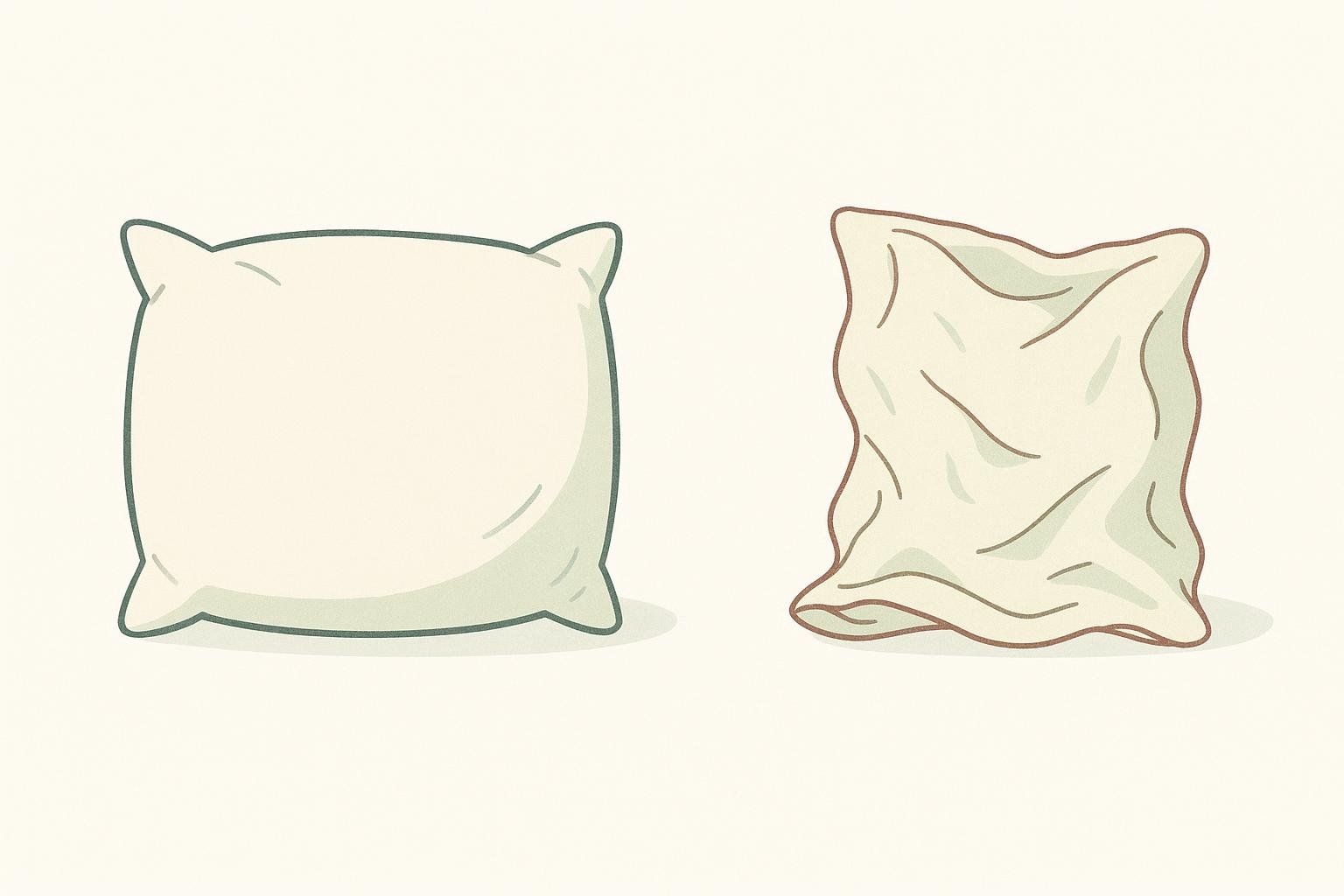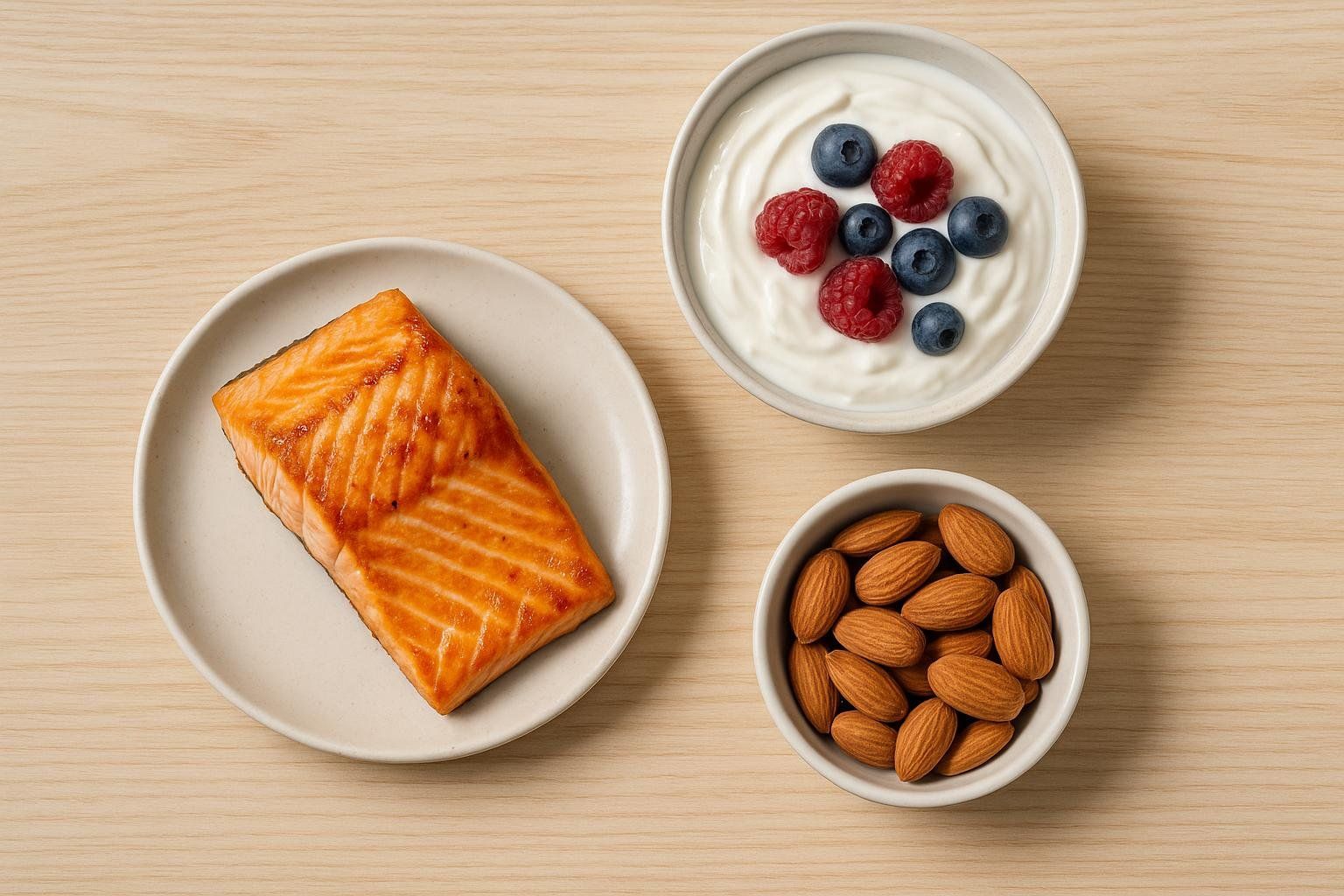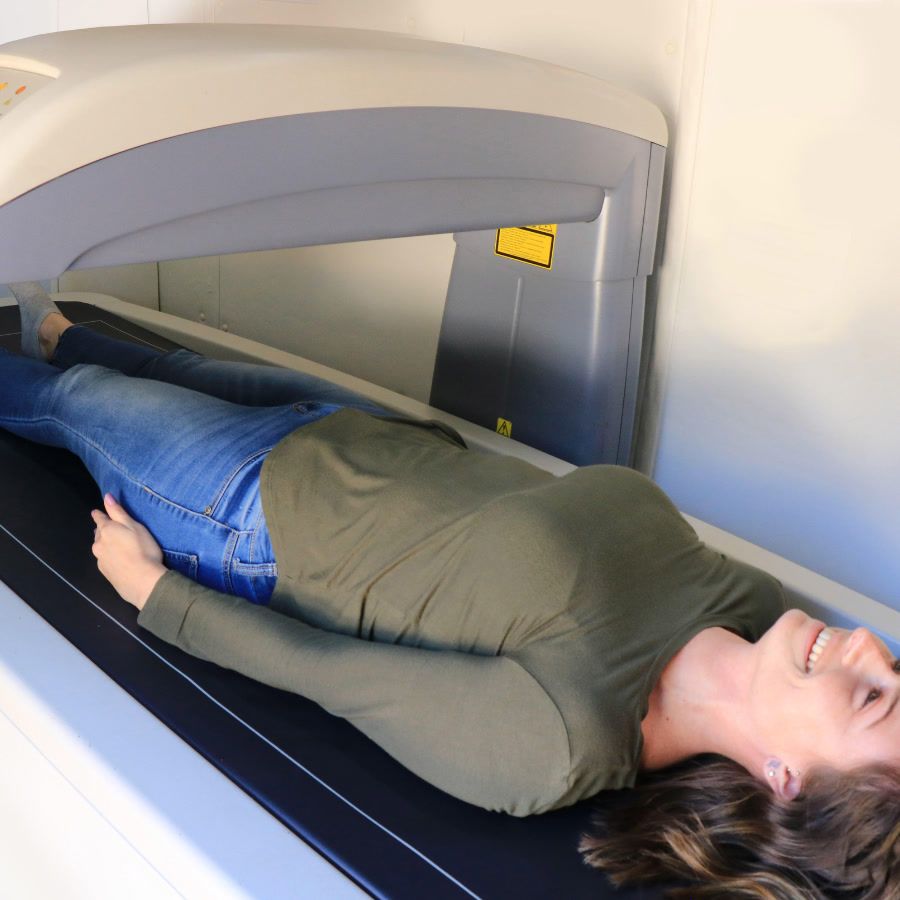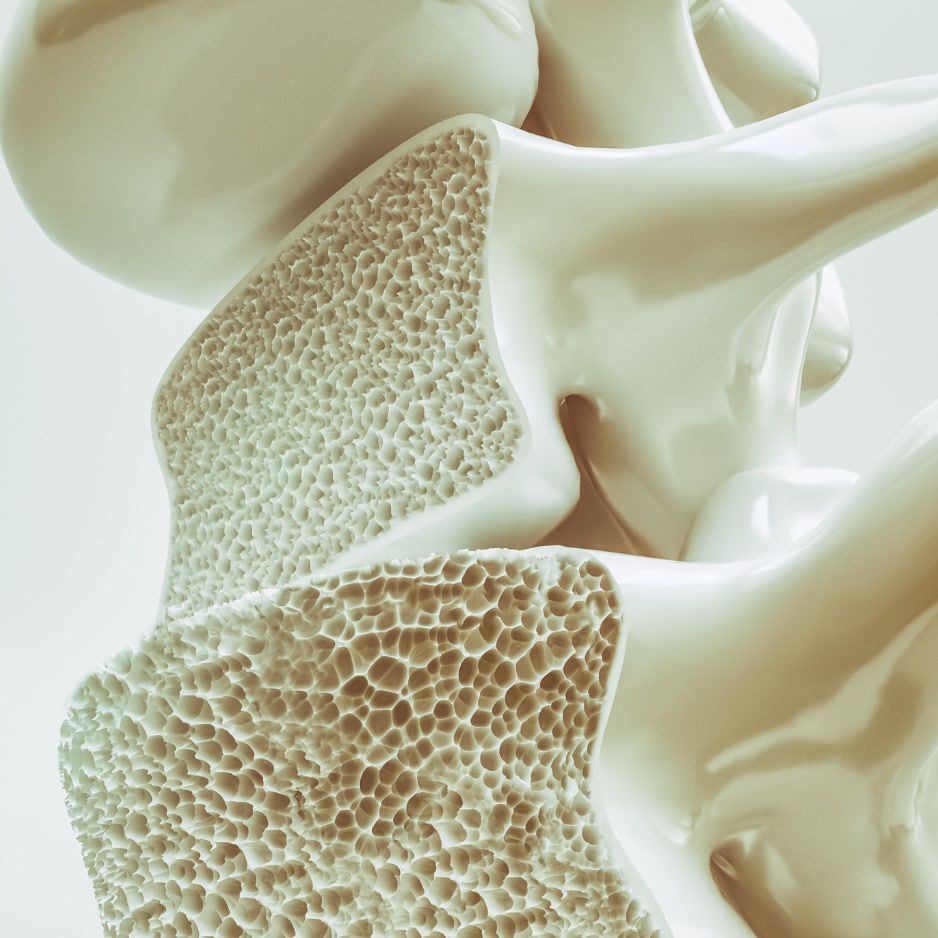Ozempic Face: Causes, Prevention & Treatment

Ozempic Face: Causes, Prevention & Treatment
Ozempic (semaglutide) and other GLP-1 medications are remarkably effective at shedding pounds—but they can also shrink the plump, youthful fat pads that keep a face looking vibrant. The internet has dubbed this gaunt look “Ozempic face.” If you’re worried about trading a smaller waist for hollowed cheeks, this guide explains the risks and solutions.
Quick take: Ozempic face isn’t a drug side effect; it’s the aesthetic cost of rapid fat loss. Slow the loss, support collagen, and you dramatically cut your risk—a concept supported by sources like the Cleveland Clinic.
Table of Contents
- What Is Ozempic Face?
- Why Does It Happen? The Biology in Plain English
- Who’s Most at Risk?
- 7 Science-Backed Ways to Prevent Ozempic Face
- Can You Reverse It? Treatment Options Compared
- Realistic Timelines & Costs
- Frequently Asked Questions
- Next Steps: Use Data to Protect Your Face & Reach Your Goal
What Is Ozempic Face?
“Ozempic face” describes the gauntness, loose skin, and hollow cheeks some people notice after significant, often rapid, weight loss on semaglutide, tirzepatide, or other GLP-1 drugs. Common signs include:
- Sunken cheeks or temples
- New or deeper wrinkles
- Sagging jawline or “jowls”
- More prominent cheekbones
- Thinner lips or sunken eyes

As the Cleveland Clinic notes, the phenomenon is not a direct side effect of the medication but a by-product of losing subcutaneous facial fat too quickly.
Why Does It Happen? The Biology in Plain English
- Shrinking Fat Pads – Your face carries specialized fat compartments that give youthful contour. Swift weight loss empties them faster than skin can rebound, leaving hollows.
- Collagen & Elastin Drop-Off – Caloric deficits and age both reduce the skin-supporting proteins collagen and elastin, making skin sag once the underlying padding deflates.
- Water & Glycogen Loss – Early rapid weight loss is partly water, thinning the “fluid cushion” under the skin.
- Age-Related Elasticity Limits – People over 40 naturally have less elastin; their skin can’t snap back like a teenager’s.
Think of your face like a pillowcase (skin) stuffed with a pillow (fat). Pull out the pillow too fast and the case wrinkles.

Who’s Most at Risk?
- Rapid Losers – Dropping >1–2 lbs (0.5–1 kg) per week.
- Adults 40+ – Natural collagen decline magnifies volume loss.
- Very Lean Individuals – Less baseline facial fat to spare.
- People With High Sun Exposure or Smoking History – Accelerated collagen breakdown.
- Yo-Yo Dieters – Repeated cycles stretch skin further.
Fortunately, most of these risk factors are modifiable.
7 Science-Backed Ways to Prevent Ozempic Face
| Strategy | Why It Works | Practical Tips |
|---|---|---|
| 1. Lose Weight Gradually | Gives skin time to contract; preserves lean mass | Aim for 0.5–1 lb/week. A weight-loss calculator can help create a data-driven plan. |
| 2. Prioritize Protein | Protein supports collagen synthesis and muscle retention | Target 1.6–2.2 g/kg ideal body weight—ranges backed by the ISSN protein guidelines. Include dairy, fish, lean meats, or plant proteins. |
| 3. Resistance Training | Maintains muscle, stimulates growth hormone for collagen | Lift weights 2–3× week. Track changes with a DEXA scan. |
| 4. Stay Hydrated | Water plumps dermis and improves elasticity | 2–3 L daily; add electrolytes during workouts. |
| 5. Daily Broad-Spectrum Sunscreen | UV destroys collagen faster than aging | SPF 30+, even on cloudy days. |
| 6. Topical Retinoids & Peptides | Proven to boost collagen in the dermis | Start with prescription tretinoin or OTC 0.3% retinal. |
| 7. Collagen-Rich Diet or Supplements | Oral collagen peptides modestly improve skin elasticity in a 2019 meta-analysis | Common study doses range from 2.5–15 g per day; consult your healthcare provider for personalized guidance. |

Bonus: Track Lean vs. Fat Loss
A DEXA body composition scan provides precise data on how much fat mass you’re losing relative to lean mass, helping you proactively manage body changes before they become visible. See our guide: Ozempic Muscle Loss: How to Prevent Lean Mass Reduction.
Can You Reverse It? Treatment Options Compared
For those already experiencing these changes, effective solutions are available.
| Category | Examples | Pros | Cons | Typical Longevity |
|---|---|---|---|---|
| Dermal Fillers (Hyaluronic Acid, CaHA) | Juvederm, Restylane, Radiesse | Quick results, minimally invasive | Temporary swelling, bruising; repeat every 12–24 months | 9–24 months |
| Biostimulators | Sculptra (poly-L-lactic acid) | Induces collagen over months, natural look | Requires 2–4 sessions; delayed results | 2+ years |
| Energy-Based Skin Tightening | Radiofrequency (Thermage), Ultrasound (Ultherapy) | Stimulates collagen without injectables | Mild discomfort, gradual results | 1–3 years |
| Microneedling ± PRP | Dermapen with platelet-rich plasma | Improves texture & mild laxity | Multiple sessions; modest volume change | Variable |
| Fat Transfer (Autologous) | Surgical grafting from abdomen/thigh | Permanent, natural fat | Surgical downtime, higher cost | 5+ years |
| Lower Face Lift / Neck Lift | Surgical lifting & tightening | Dramatic, longest-lasting | Highest cost, 2–3 wk recovery | 10+ years |
Always consult a board-certified dermatologist or plastic surgeon. Ask if they’ve treated GLP-1–related weight-loss patients; facial fat-loss patterns differ slightly from age-only changes.
Realistic Timelines & Costs
| Treatment | Up-Front Cost | Downtime | Visible Results |
|---|---|---|---|
| Topical Retinoids | $10–$100 | None | 12–16 weeks |
| Hyaluronic Acid Filler (Cheeks) | $700–$1,200 / syringe | 24–48 hrs bruising | Immediate; settles in 1 wk |
| Sculptra Series (3 vials) | $2,400–$3,000 | 1 day swelling | 6–12 weeks |
| Thermage / Ultherapy | $2,500–$4,500 | None | 3–6 months |
| Fat Transfer | $6,000–$8,500 | 1–2 wks | 3–4 months |
| Lower Face Lift | $12,000–$18,000 | 2–3 wks | 2–3 months |
Indicative price ranges are drawn from the latest (2024) National Average Fee data published by the American Society of Plastic Surgeons.
Frequently Asked Questions
How quickly does Ozempic face appear?
According to WebMD, most people notice changes after 5–10% of total body-weight loss, which can occur within 8–16 weeks on standard semaglutide dosing.
If I stop Ozempic, will my face go back to normal?
Dermatologists quoted by Everyday Health report that Ozempic face usually only reverses if you regain the lost weight, because volume returns to the facial fat pads. Skin laxity may improve slightly over time, but hollows often persist without targeted treatment.
Are collagen supplements enough to fix it?
Current evidence suggests they help but rarely suffice on their own. A 2019 meta-analysis found that oral collagen peptides improved skin elasticity but produced modest changes compared with injectable fillers or fat grafting.
Can men get Ozempic face?
Yes. Rapid weight loss affects subcutaneous fat in all genders; clinicians interviewed by Healthline confirm the condition is not gender-specific, though men’s thicker skin can mask early signs.
Does insurance cover treatment?
Most health insurance plans do not cover elective cosmetic procedures such as fillers or skin tightening, while reconstructive surgeries may qualify when deemed medically necessary (American Society of Plastic Surgeons).
Next Steps: Use Data to Protect Your Face & Reach Your Goal
- Get a Baseline DEXA Scan – Know precisely where your fat—and lean mass—stand before GLP-1 therapy.
- Follow-Up Scans Every 12 Weeks – Adjust nutrition or exercise if fat-mass loss outpaces lean-mass retention.
- Consider Professional Skincare Early – Small interventions (retinoids, sunscreen) are cheaper and more effective before hollows appear.
Ready to protect your face while hitting your goal weight? Book your DEXA scan now and take the data-driven route to confident, healthy change.


